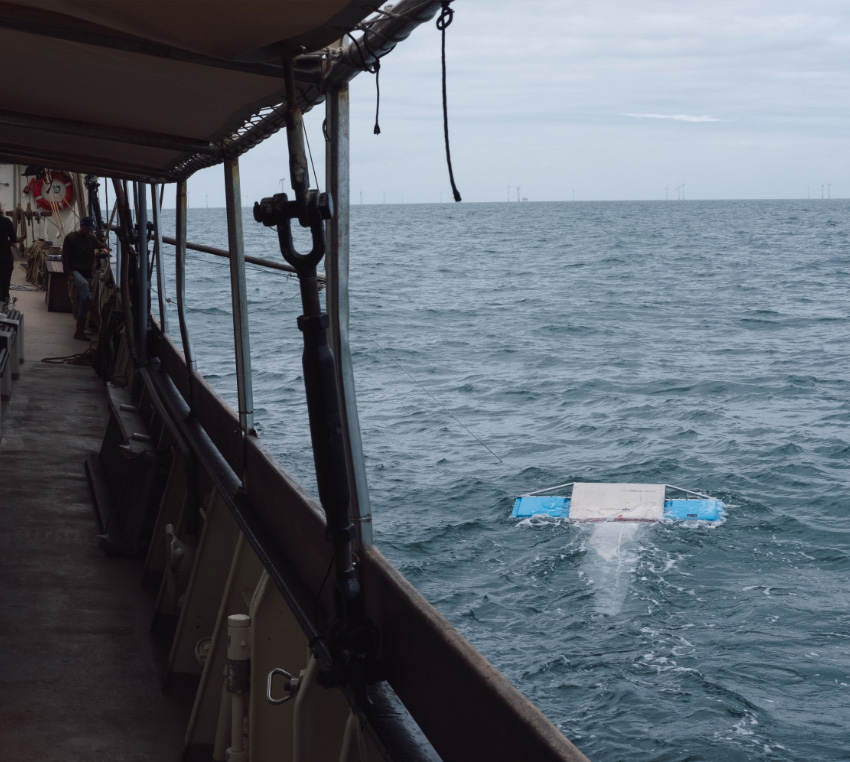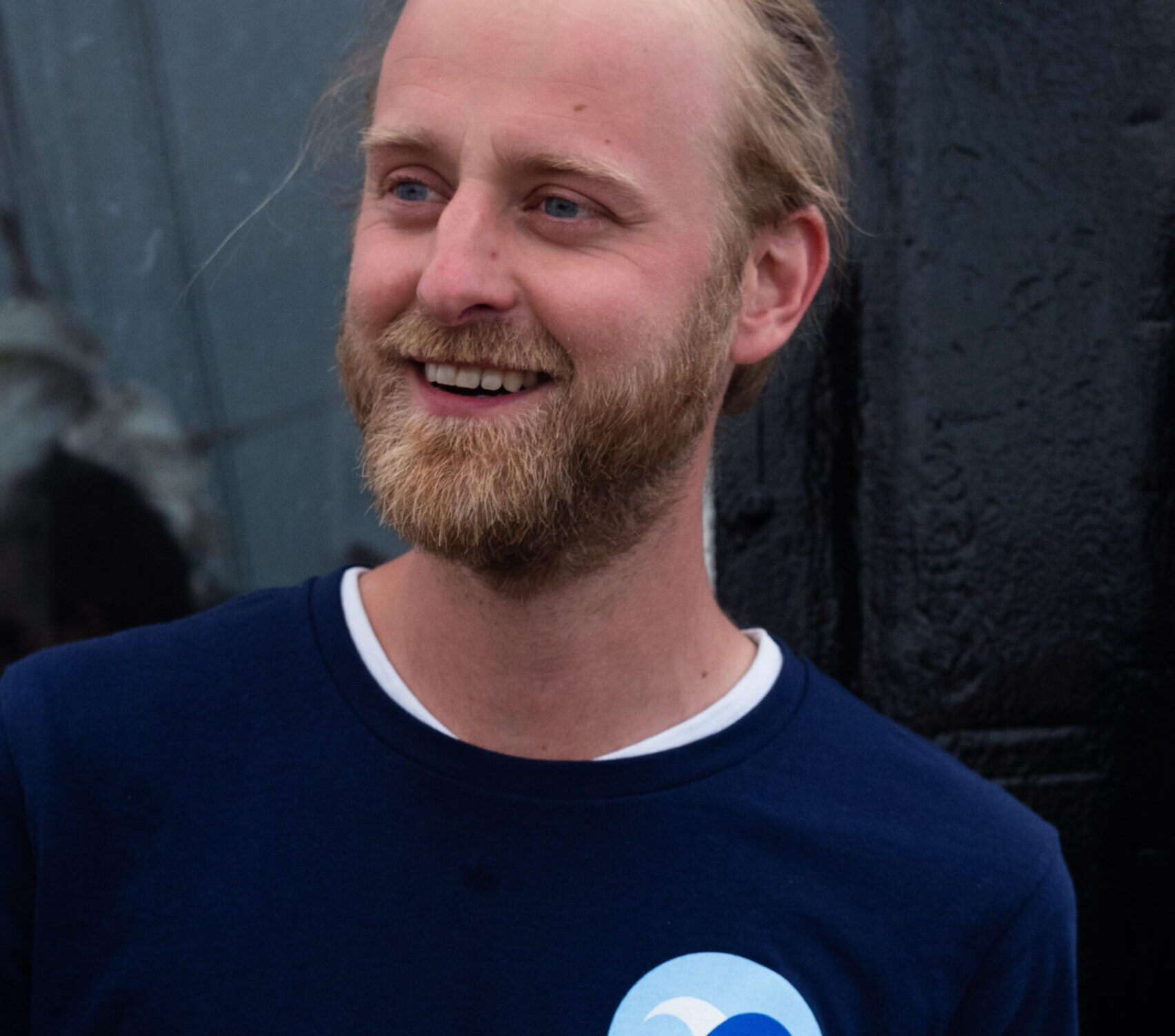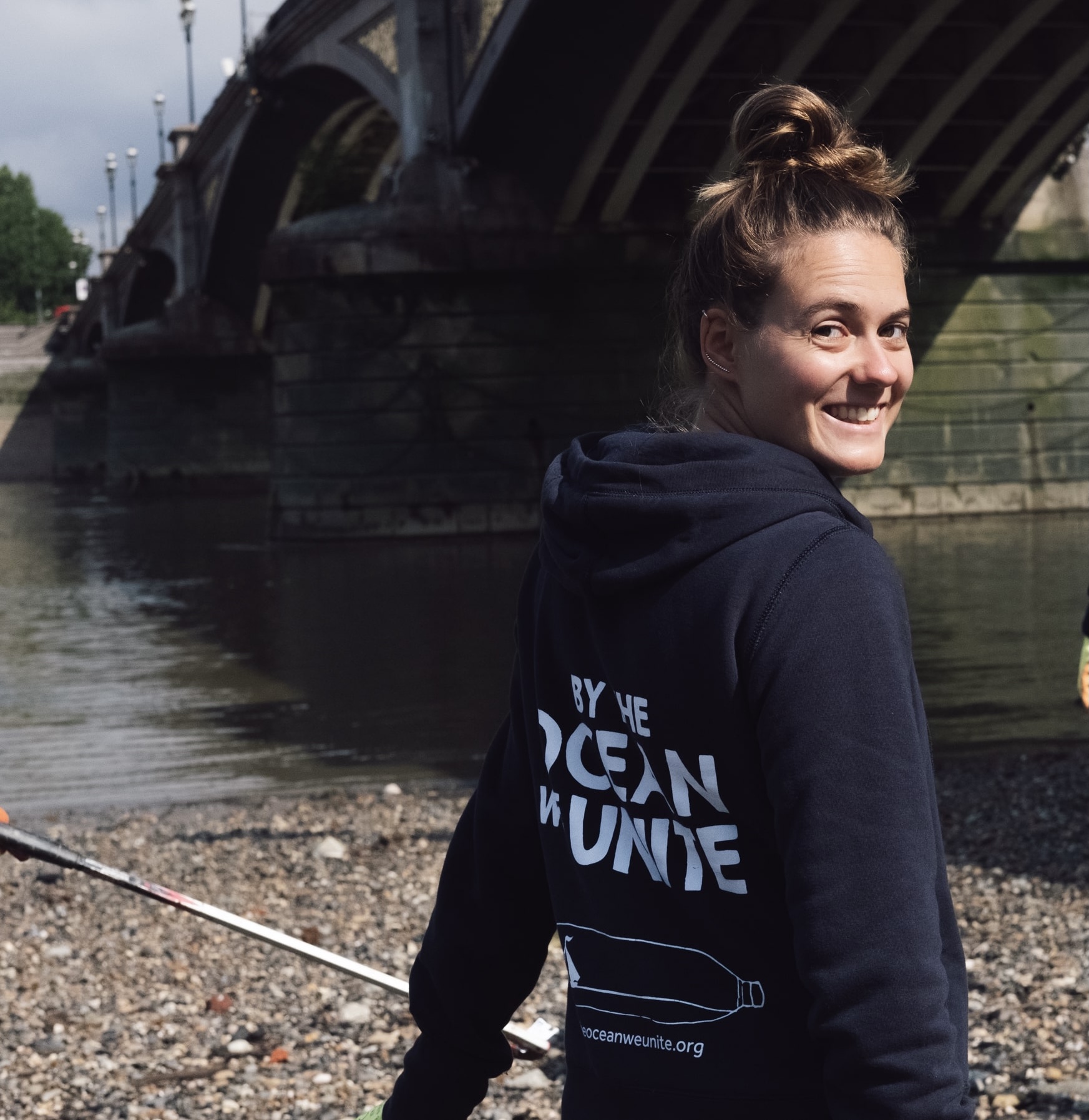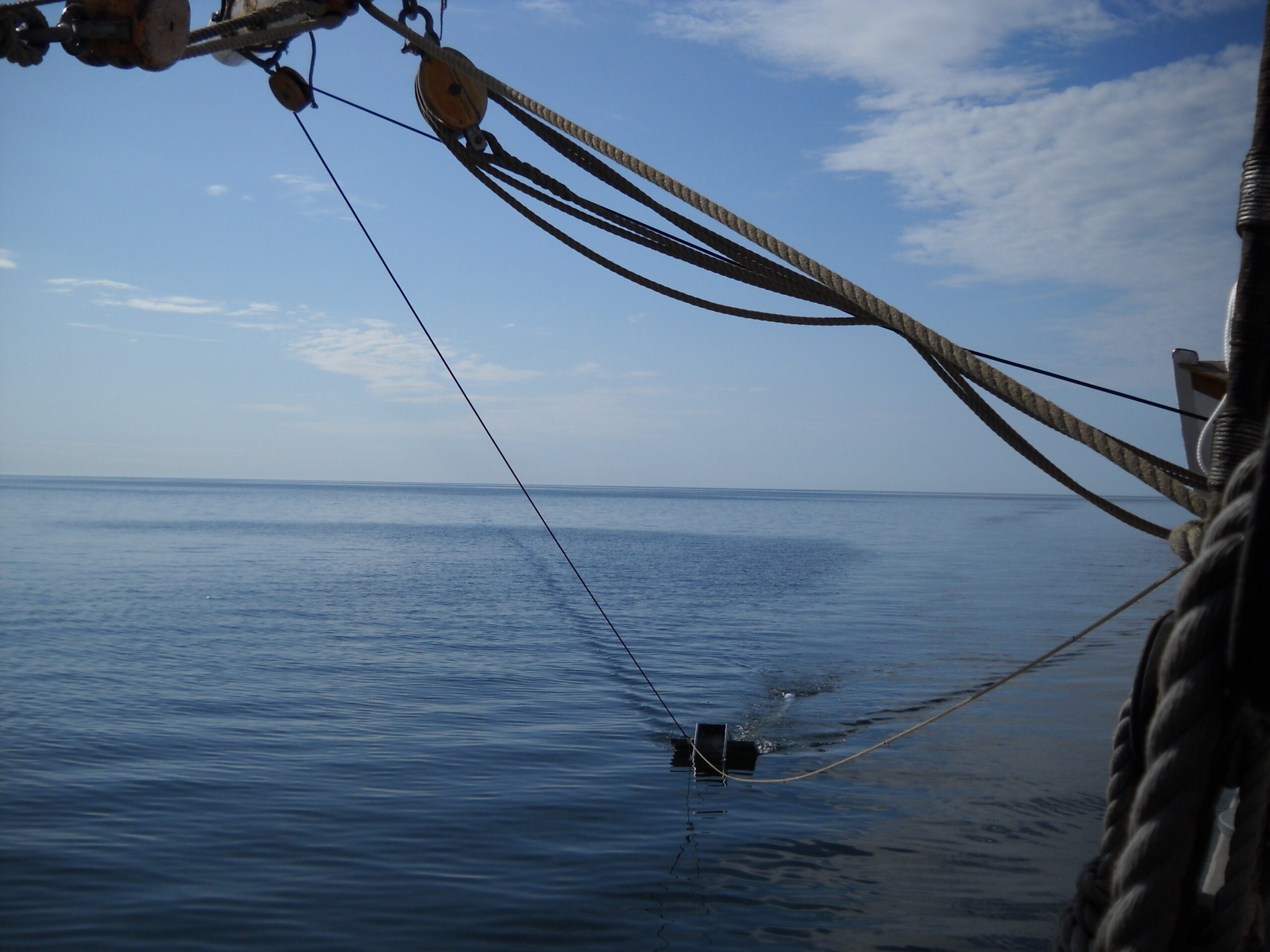We sample the North-West European waters since 2016 and are planning to do this for many more. Therefore, we are investigating the possibility to use our data for monitoring purposes.
In addition, we share these measurements with scientists, giving them baseline values of plastic densities which they can use to focus their research. Scientific expeditions are very expensive and not having to use resources for such baseline measurements can give plastic research a real head start.
Citizen science
The protocol we use is designed for citizen science. Citizen science is generally seen as low-tech research executed by ‘non’-scientists. The aim is to engage citizens with science to inspire them to enrich their views and beliefs. Therefore this is a very suitable method for us to use on board a sailing vessel with non-scientists. We make the pollution visible, provide the opportunity to conduct research, and give insight in scientific research and methods.



